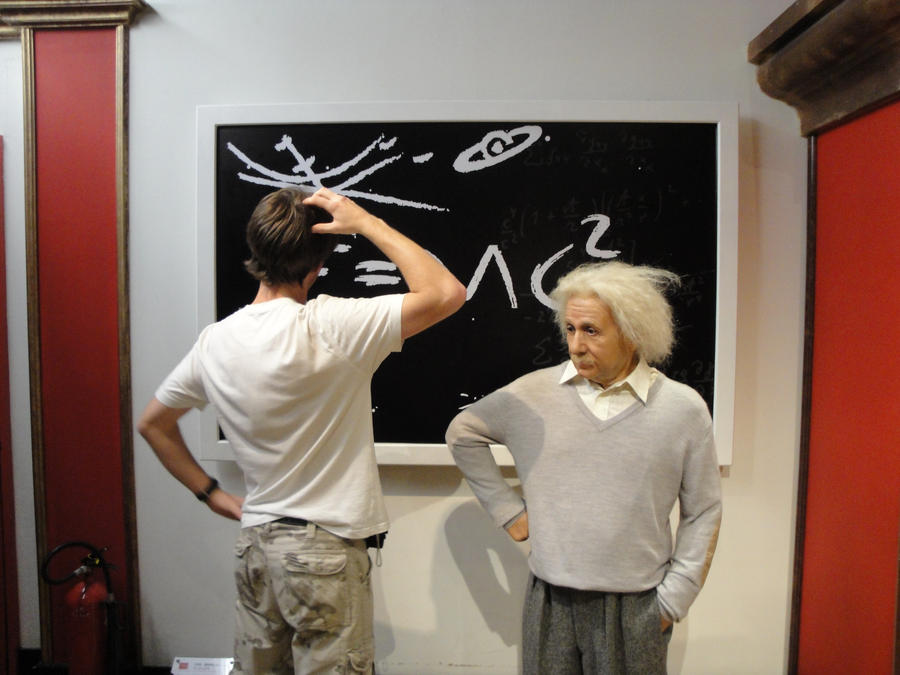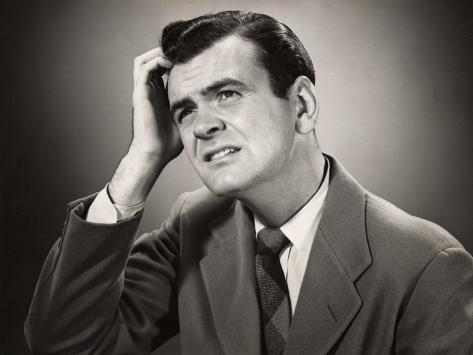Latin America
Related: About this forumCuban exports besides tobacco, sugar, and nickel?
I've been researching the Cuban economy, and it appears that the primary exports are tobacco, sugar, and nickel.
Unfortunately, the nickel is not the highest grade ore, so extracting it from the other worthless materials is a fairly expensive and not environmentally friendly operation. And as the world gets more educated about the dangers of sugar and tobacco (and with cigars being associated with rich male elitism), I would think those would be of diminishing value.
What Cuba does seem to have an abundance of is medical doctors. So many that they are poorly paid and have to take the time they should be relaxing and/or advancing their skills and find second jobs as sugar farm workers or, for one lucky guy in the BBC documentary, retail sales in a privately owned plumbing supplies stand.
America's poorest inner cities and rural areas desperately need doctors. And if the embargo is finally lifted, Cuba will never be able to pay for everything they need from us to get out from destitution.
Perhaps we can get some type of arrangement to bring Cuban doctors here like there is in Brazil to help Cuba pay for all the stuff they can and should be buying from the U.S.?
gmoney
(11,559 posts)
Bacchus4.0
(6,837 posts)Mika
(17,751 posts)And if the embargo is finally lifted, Cuba will never be able to pay for everything they need from us to get out from destitution.
Perhaps we can get some type of arrangement to bring Cuban doctors here like there is in Brazil to help Cuba pay for all the stuff they can and should be buying from the U.S.?
I hope you're not paying for this "research". Its worthless, so far.
Judi Lynn
(160,545 posts)[center]

 [/center]
[/center]
Must be way too smart for us to grasp. Probably doesn't realize his own brilliance.
Submariner
(12,504 posts)and airs out in public what residents and outsiders already know.
That Fidel Castro's revolution and resulting economy since 1959 turned out to be an abysmal failure. If for nothing else than to let Fidel know before he goes to his grave, that his life and revolution were worthless endeavors and he hurt so many people and they know it.
Sort of like how George W. Bush's life turned out.
bemildred
(90,061 posts)The health care community is already being required to deal with restrictions on it's profits.
Judi Lynn
(160,545 posts)More:Earn a Medical Degree on Full Scholarship in Cuba
The Latin American School of Medicine (LASM), in Havana, Cuba, was founded in 1998, as Cuba's response to the devastation of Hurricanes Mitch and Georges. Cuba understood that, if the poorest regions in our hemisphere were able to develop adequate healthcare infrastructures, they could save as many lives every year as had been lost in the hurricanes. The Cubans offered full scholarships to enroll at LASM to young people from the nations affected by the hurricanes -- on the sole condition that, once they graduated, they would return to their home countries and offer low-cost health services in their own underserved communities.
This exceptionally generous offer of a world-class full-scholarship medical education is also being extended to students from the US.
The offer to US students was made because of Cuba's recognition that millions in the US have little or no access to affordable health care; and that many young people in the US don't even dare to dream of studying medicine because of the economic costs. Students from communities of color and low-income communities are especially encouraged to apply to the program.
IFCO is honored to administer and coordinate this groundbreaking scholarship program in the United States.
The Latin American School of Medicine is a six-year program of study, which includes two years of basic sciences, three years of classwork and clinical rotations at accredited teaching hospitals, and a rotatory clinical internship in the sixth year. All classes are taught in Spanish; but a semester-long Spanish language intensive is offered to students who need it (prior to first year), along with a pre-med semester in which students can review pre-med sciences and improve their fluency in Spanish. All students study at the LASM campus for the first two years, and then go to another of Cuba's 21 medical schools, which are located throughout the island, to complete their studies.
The Cuban medical training model combines theory and practice and is oriented toward primary care, community medicine, and hands-on clinical experience. The teaching philosophy incorporates intensive advising and tutoring and is designed to help every student succeed.
The Latin American School of Medicine admits approximately 1500 new students each year from 30 different nations of Latin America, the Caribbean, Africa, and the United States. More than 115 students from the US are currently enrolled in the scholarship program. Seventeen US students have already graduated with MD degrees; several of them have already received residency placements; 17 more will graduate in 2009.
The Latin American School of Medicine is officially recognized by the Educational Commission for Foreign Medical Graduates (ECFMG) and the World Health Organization. It is also fully accredited by the Medical Board of California, which has the strictest US standards -- which means that qualified US graduates of the Latin American School of Medicine are eligible to apply for residency placements in any state of the US.
Cont'd
http://www.ifconews.org/node/707
[center]~ ~ ~[/center]
Wikipedia:
Escuela Latinoamericana de Medicina (ELAM), formerly Escuela Latinoamericana de Ciencias Médicas (in Spanish; in English: Latin American School of Medicine (LASM), formerly Latin American School of Medical Sciences), is a major international medical school in Cuba and a prominent part of the Cuban healthcare system.
Established in 1999 and operated by the Cuban government, ELAM has been described as possibly being the largest medical school in the world by enrollment with approximately 10,000 or 12,000 students from 49 countries reported as enrolled in 2006/early 2007. All those enrolled are international students from outside Cuba and mainly come from Latin America and the Caribbean as well as Africa and Asia. The school accepts students from the United States — 91 were reportedly enrolled as of January 2007. Tuition, accommodation and board are free, and a small stipend is provided for students.[1][2][3][4][5]
An ELAM sister school operated by the Venezuela government and sited in Guri, Bolívar, Venezuela was scheduled to open in October 2006. However, it was only half built as of November 2008. The school is named Escuela Latinoamericana de Medicina A.P. Réverénd after French physician Alejandro Próspero Réverénd.[6][7]
~snip~
Mission[edit]
The mission of ELAM is to make competent and cooperative doctors with the degree of MD (doctor of medicine), the same degree which is offered to medical graduates all over the Americas. The Latin American School of Medicine is officially recognized by the Educational Commission for Foreign Medical Graduates (ECFMG) and the World Health Organization. It is fully accredited by the Medical Board of California, which has the strictest US standards — which means that qualified US graduates of the Latin American School of Medicine are eligible to apply for residency placements in any state of the US.
It is preferred that ELAM students come from the poorest communities with the intent of returning to practice in those areas in their countries. Initially only enrolling students from Latin America and the Caribbean, the school has become open to applicants from impoverished and/or medically underserved areas in the United States and Africa. As part of Cuban international cooperation, ELAM is also training 800 medical doctors from Timor-Leste. [12]
Preference is given to applicants who are financially needy and/or people of color who show the most commitment to working in their poor communities.[3][4][9][13]
Cont'd
More:
http://en.wikipedia.org/wiki/ELAM_(Latin_American_School_of_Medicine)_Cuba
[center]~ ~ ~[/center]
More:Cuba offers American medical students a free education
Dec 21st, 2012
By SOPHIA SELASSIE
EL NUEVO SOL—SALUD
Huntington Park native, Vanessa Ávila, 27, always dreamed of being a doctor. However, with an average price tag of well over $100,000, a medical school education seemed like a daunting debt. More so, with the price of MCAT prep courses, and application fees, even simply applying seemed out of her reach. That all changed when she learned about a revolutionary new medical school in Cuba. The Latin American School of Medicine, better known as ELAM, offers full scholarships to aspiring young doctors from around the world, including the United States. The only caveat is they must come from low-income backgrounds and practice medicine in their own communities after they graduate.
Many of the 10,000 students from 28 different countries are drawn to ELAM because of the full scholarship, which covers: six years of tuition, room and board, books, and uniforms. Nonetheless, there is more to the puzzle than simple economics. For Ávila, it was the opportunity to learn medicine in a country that does things very differently than the U.S. She was interested in the Cuban approach to medicine focused on universal coverage, preventive care and a holistic approach to patient treatment.
“They really focus on the individual and, not just telling them this is what you need to do, but actually helping them understand why they need to make these lifestyle changes to improve their health,” Ávila said. “Doctors spend more time getting to know their patients and their communities by making home visits.”
Ávila is not only learning about medicine, but also about the Cuban people. She is amazed by their creativity, resourcefulness and resiliency. The spirit of solidarity they have shown her is another thing she will bring back to the U.S. with her; a result that the Cuban government is undoubtedly pleased with. The U.S. and Cuba have strained relations dating back, before the 1962 embargo, that cut ties between the two nations. While in the U.S., legislature is working to ease travel restrictions, Cuba is creating a cultural exchange through its scholarship program. American students get the chance to get an up-close and personal look at Cuban culture. These are experiences that they will most likely share with others, and that might change Cuba’s image in the U.S.
Cuba’s health model appears to be working very well for them. Despite being one of the poorest countries in Latin America, with a per capita income of less than $5,400 a year, Cuba boasts health indicators that rival wealthy nations. According to the World Health Organization, Cuba has higher life expectancy and lower infant mortality rates than U.S.
http://www.elnuevosol.net/entrevistas/cuba-offers-american-students-a-free-education
ETC., ETC., ETC......